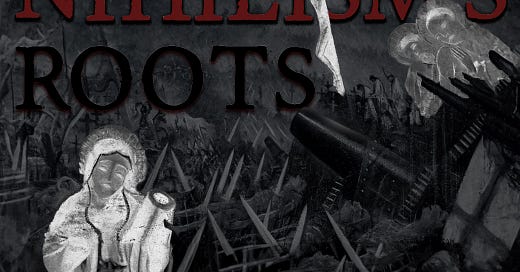Upgrade to paid to play voiceover
"Something is rotten in the state of Denmark." This is one of the great one-liners from Shakespeare's Hamlet and it's a line that's particularly relevant today. Everyone seems to think the world is rotten. This diagnosis of rottenness tends to take on different forms depending on where you stand in the culture.
We can group one bunch together under the b…
Keep reading with a 7-day free trial
Subscribe to The Living Philosophy to keep reading this post and get 7 days of free access to the full post archives.




